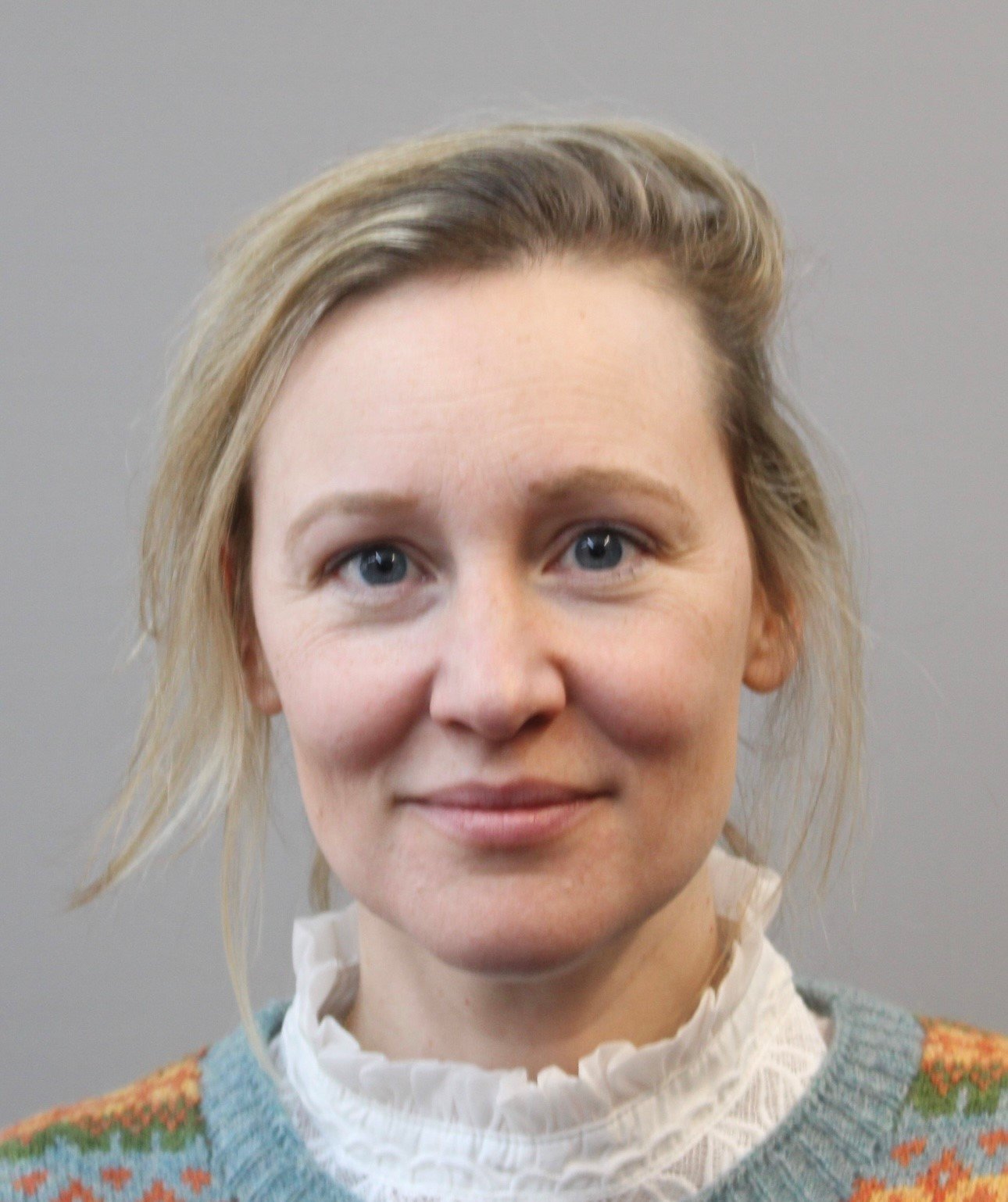Search
Research
Design and selection of drug properties to increase the public health impact of next-generation seasonal malaria chemoprevention: a modelling studySeasonal malaria chemoprevention (SMC) is recommended for disease control in settings with moderate to high Plasmodium falciparum transmission and currently depends on the administration of sulfadoxine-pyrimethamine plus amodiaquine.

People
Epke Annelie Le RutteEpke is a veterinarian that specializes in infectious disease control, and holds a PhD in human neglected tropical disease (NTD) control and elimination.
Research
Mapping the global prevalence, incidence, and mortality of Plasmodium falciparum and Plasmodium vivax malaria, 2000-22: a spatial and temporal modelling studyMalaria remains a leading cause of illness and death globally, with countries in sub-Saharan Africa bearing a disproportionate burden. Global high-resolution maps of malaria prevalence, incidence, and mortality are crucial for tracking spatially heterogeneous progress against the disease and to inform strategic malaria control efforts. We present the latest such maps, the first since 2019, which cover the years 2000–22. The maps are accompanied by administrative-level summaries and include estimated COVID-19 pandemic-related impacts on malaria burden.
Research
How can modeling responsibly inform decision-making in malaria?When models are used to inform decision-making, both their strengths and limitations must be considered. Using malaria as an example, we explain how and why models are limited and offer guidance for ensuring a model is well-suited for its intended purpose.
Research
Intervention effect of targeted workplace closures may be approximated by single-layered networks in an individual-based model of COVID-19 controlIndividual-based models of infectious disease dynamics commonly use network structures to represent human interactions. Network structures can vary in complexity, from single-layered with homogeneous mixing to multi-layered with clustering and layer-specific contact weights. Here we assessed policy-relevant consequences of network choice by simulating different network structures within an established individual-based model of SARS-CoV-2 dynamics.
